This Broiler Poultry Farm Financial Model Template has been built for use by any company founder or executive in the Broiler Poultry Farm space, Investors or Analysts looking at researching Broiler Poultry Farm businesses or Students looking to study how a Broiler Poultry Farm Business operates and the key variables underpinning it. Featuring specific Broiler Poultry Farm metrics you can track (Revenue By Product (Broilers, Eggs, Poultry Manure, Live Birds, By-Products), Other Revenue (Contract Farm Income, Government Grants/Subsidies), Broiler Chick Stock Costs, Feed Costs, Veterinary/Health Costs), users will easily be able to navigate the model with all input fields highlighted in Blue font. These models are designed to be the perfect financial tool for business owners to use to make decisions for their company and also to provide to investors to give a snapshot of how the business is currently performing and what the forecasts look like.
General, Revenue and Direct Costs Assumptions
Starts with basic model questions on start date of the model, tax rate assumption, working capital assumptions and funding assumptions.
Revenue assumptions are the anticipated factors that drive a company’s income generation over a specific period. These assumptions form the basis for financial projections and are crucial for planning and decision-making. In our model we have included detailed inputs on Revenue By Product (Broilers, Eggs, Poultry Manure, Live Birds, By-Products), Other Revenue (Contract Farming Income, Government Grants/Subsidies).
Direct Costs assumptions included on Broiler Chick Stock Costs as a % of Revenue, Feed Costs as a % of Revenue, Veterinary/Health Costs as a % of Revenue.
Operating Expenses Assumptions
Operating expense assumptions are typically based on historical data, industry benchmarks, market trends, and management’s judgment. They are crucial for estimating the total cost of running the business and for determining profitability. Like revenue assumptions, it’s important to regularly review and adjust operating expense assumptions to reflect changes in the business environment and ensure the accuracy of financial forecasts. In our model we have included detailed inputs on Broiler Poultry Farm Staff Costs (Farm Manager, Hatchery Technician, Broiler/Layer Caretaker, Feeding and Nutrition Specialist, Veterinarian/Animal Health Specialist, Maintenance Technician, Breeder Specialist, Environmental Control Technician, Quality Control Manager, Marketing and Sales Manager, Equipment Maintenance Supervisor, Administrative Staff, Other), Typical Broiler Poultry Farm related Operational Expenditure items (Heating, Water, Insurance, Marketing & Sales, Transportation and Logistics, Repairs and Maintenance, Equipment and Supplies, Fertilizer and Manure Management, Breeding costs, Bedding and Litter, Electricity/Power, Waste Management and Administrative costs, however, you can add any other expenses you think may be relevant to your business in this sheet.
Capex Assumptions
Capital expenditure (Capex) assumptions refer to the anticipated investments a company plans to make in long-term assets, such as property, plant, equipment, and technology, over a specific period. These assumptions are crucial for financial planning, budgeting, and forecasting, as they impact the company’s cash flow, profitability, and growth prospects. We have included a Fixed asset cost assumption schedule here for the main items likely to be on a company’s capex sheet and also a Use Of Funds assumption list with corresponding pie chart. Capex items include Egg Production Facilities, Feed Storage Facilities, Manure Management Systems, Poultry House, Hatchery Incubator, Feed Handling Equipment, Fencing and Security Setup, Water Systems and more.
Monthly Projections
We have broken down projections on a Month by Month basis when projecting Income Statement, Balance Sheet and Cash Flow Statement items. The monthly projections are provided over a 5 year time frame. This is particularly useful for businesses looking at month-on-month trends and insights in the business, which leads to better decision making and also better budgeting should there be a need to either raise more capital, pursue growth opportunities from excess capital or pay down interest bearing debt. Monthly projections also help a business ascertain what performance may be seasonal in nature when looking at growth projections on a month-over-previous-year’s-month basis.
Annual Projections
The model has Annualized Financial Projections of Income Statement, Balance Sheet and Cash Flow Statement over a 5 year time frame. Annual projections provide an excellent overview of expected revenues, expenses, profits, cash flow, and other key financial metrics for the upcoming year. Annual projections are essential for strategic planning, budgeting, fundraising, and performance evaluation for any company at any stage of their business cycle.
Broiler Poultry Farm Metrics & Other Metrics
Broiler Poultry Farm specific metrics (Revenue By Product (Broilers, Eggs, Poultry Manure, Live Birds, By-Products), Broiler Chick Stock Costs as a % of Revenue, Feed Costs as a % of Revenue, Veterinary/Health Costs as a % of Revenue), Profitability Ratios, Liquidity Ratios, Asset Turnover Ratios provided.
Summary of Financial Statements
Summarized Financial Statements over a 5 year time frame helps for better snapshots of financial performance. Income Statement, Balance Sheet and Cash Flow Statement all provided.
Charts
Broiler Poultry Farm specific Charts available including Poultry Revenue Split By Product Sold, Profitability Margins (Gross Profit Margin, EBITDA Margin and Net Profit Margin), Revenue vs Direct Costs Projections and Cashflow Summary.
DCF Valuation
We have included a Discounted Cash Flow (DCF) Valuation model showing the Net Present Value (NPV) of the Business based on a series of growth rates and assumptions. Weighted Average Cost of Capital Assumptions also provided including Risk Free rate, Beta, Risk Premium and Equity Risk Premium. A DCF valuation is a method used to estimate the value of an investment, business, or asset by discounting its expected future cash flows to present value. It is based on the principle that the value of an investment is determined by the present value of its future cash flows. The DCF valuation technique is widely used in finance, investment analysis, and corporate finance for making investment decisions, determining the fair value of securities, and evaluating the worth of businesses.
Depreciation Schedule
Detailed Depreciation Schedule shows additions / disposals to the Fixed Asset Register of the business. Sections included Land, Egg Production Facilities, Feed Storage Facilities, Manure Management Systems, Other Fixed Assets.
Debt Schedule
Debt schedule provided with interest rate assumptions and payback period assumptions included.
Equity Schedule
Equity schedule provided with assumptions on all investments into the business by investors or owners.

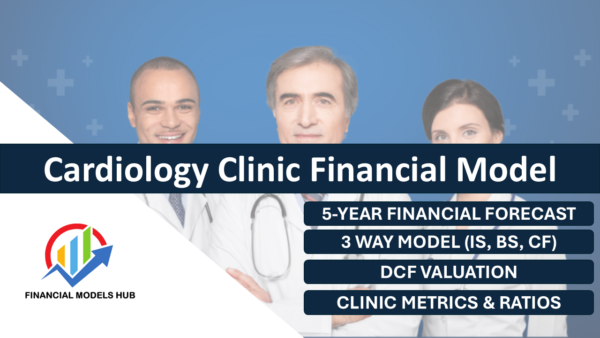
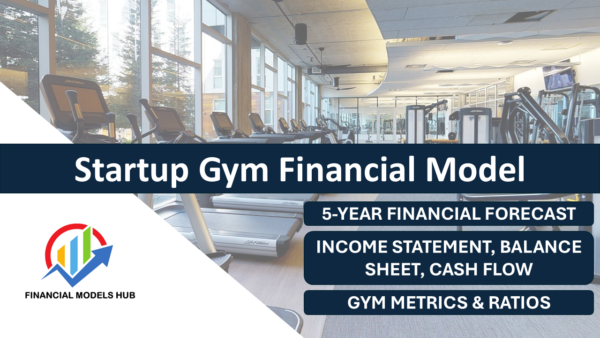

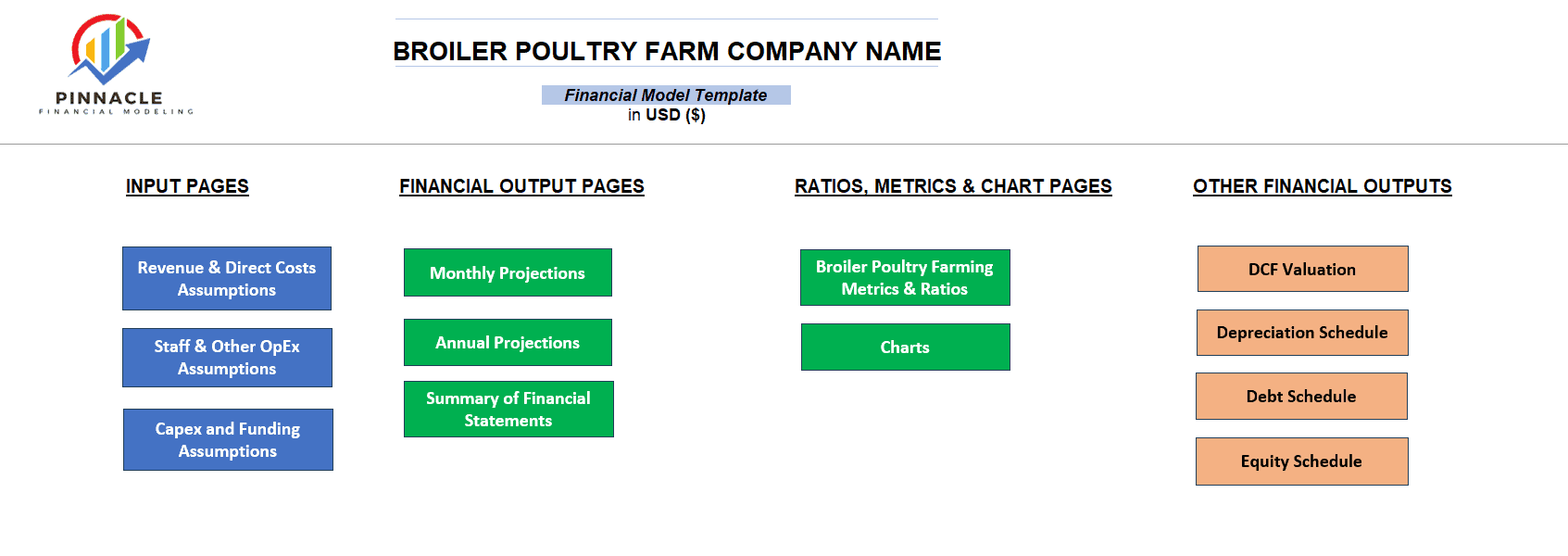
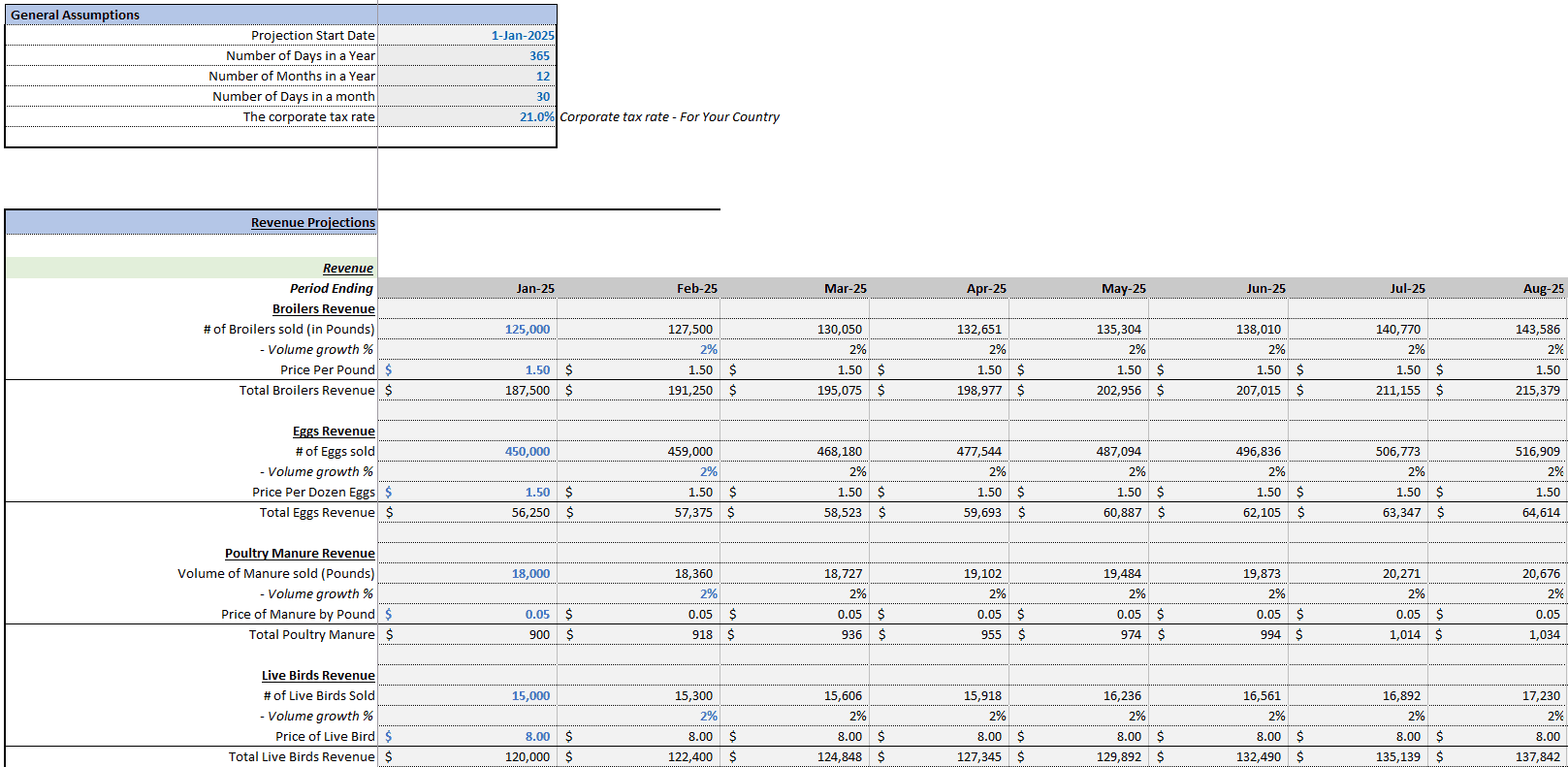
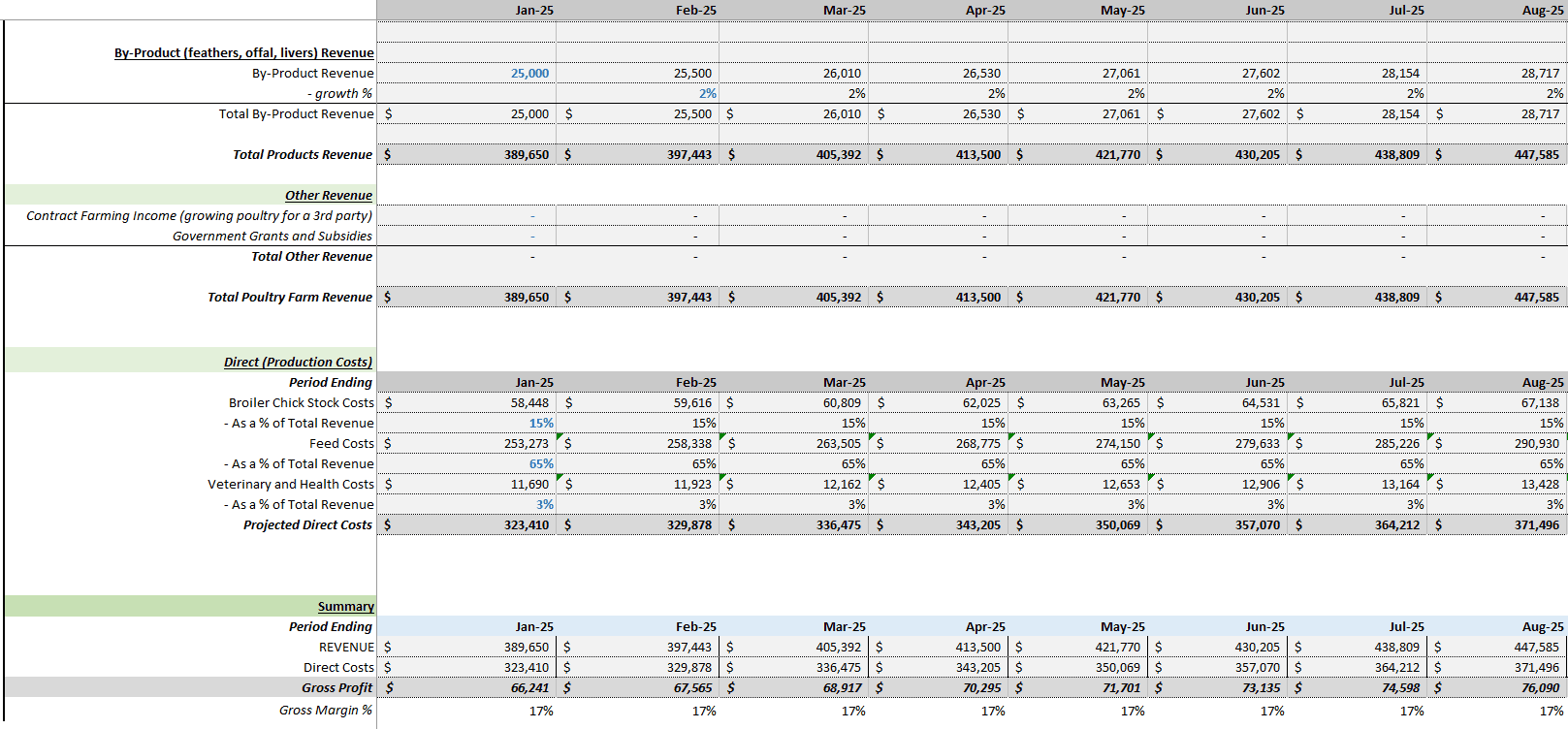

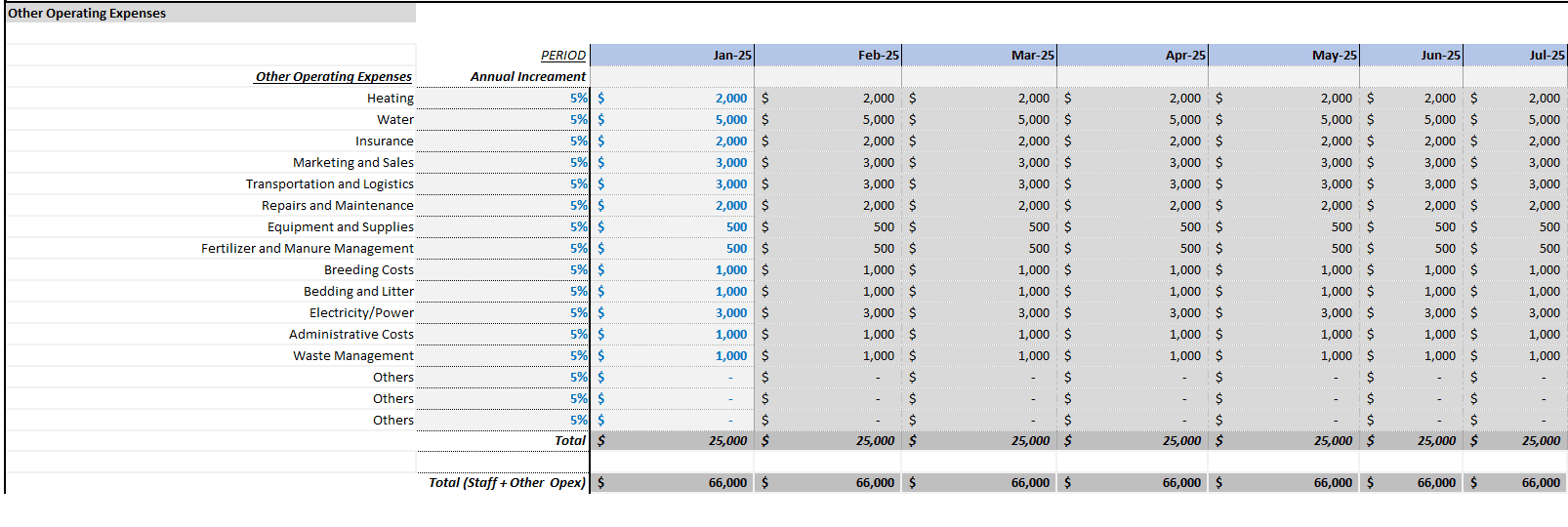
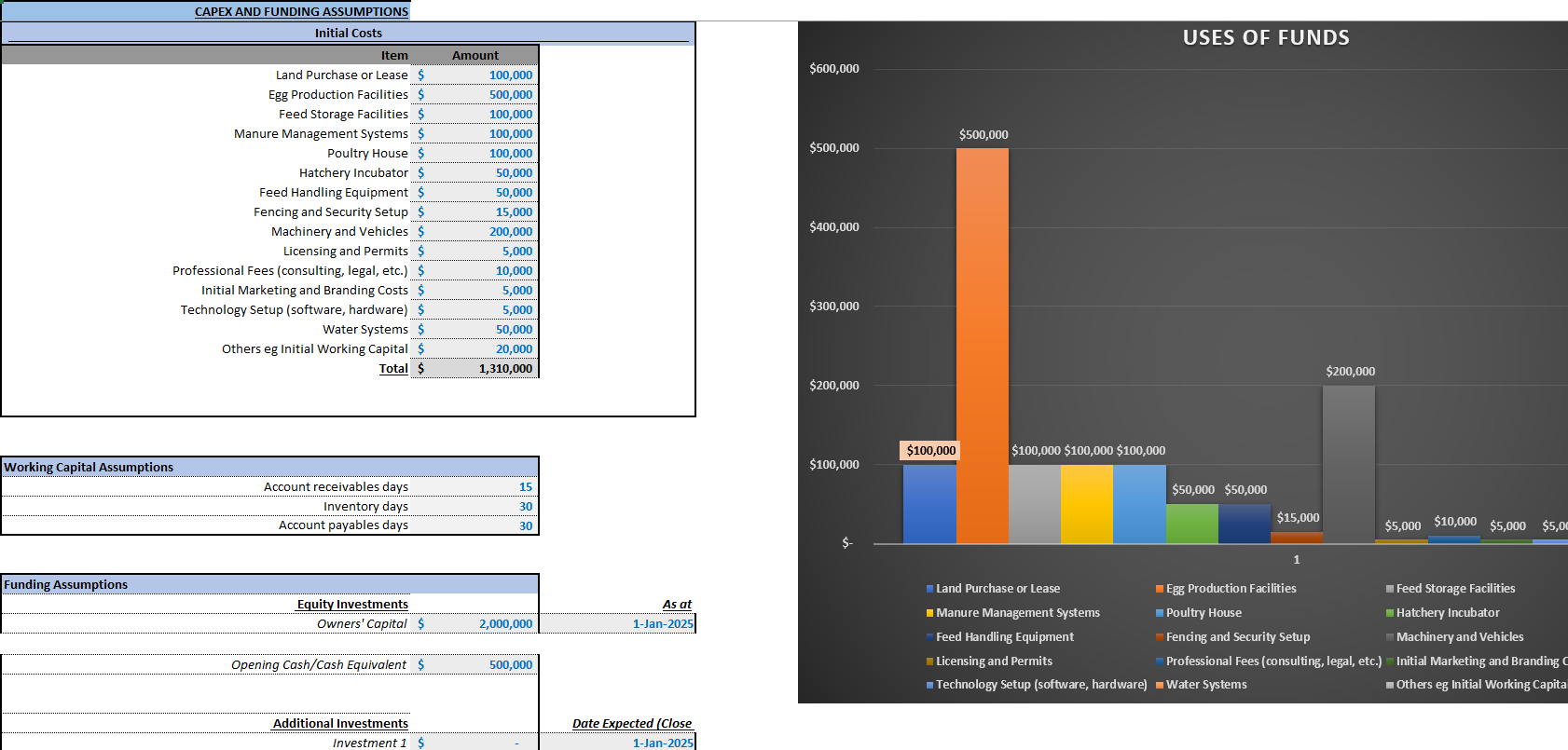
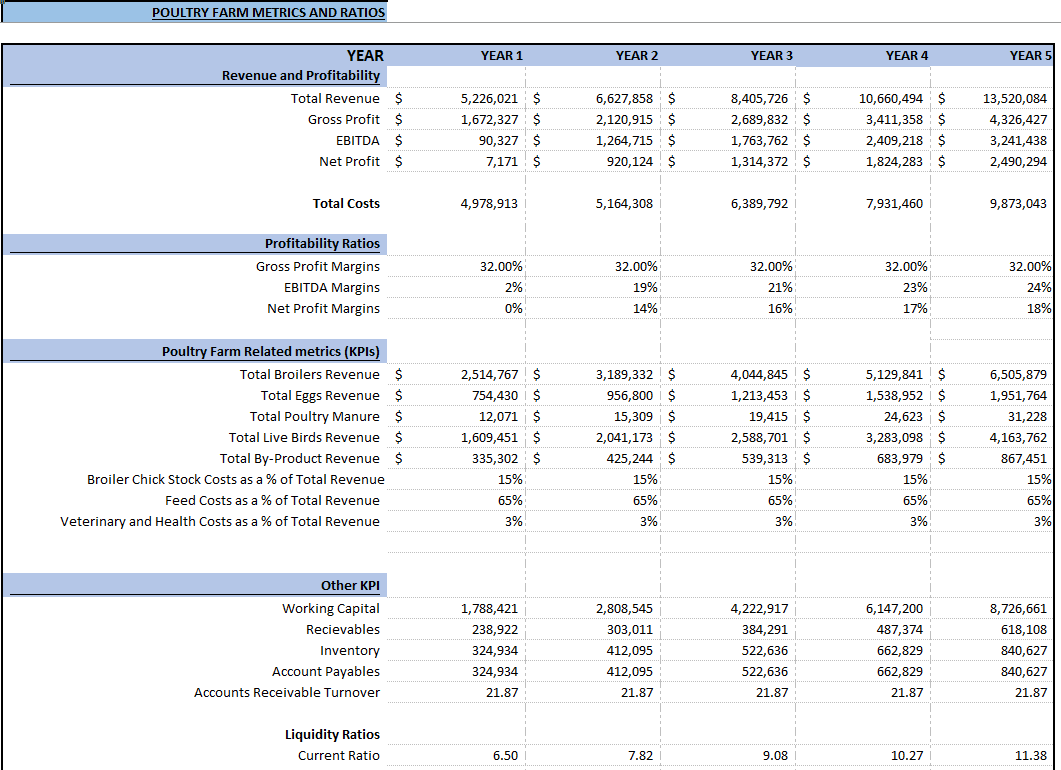
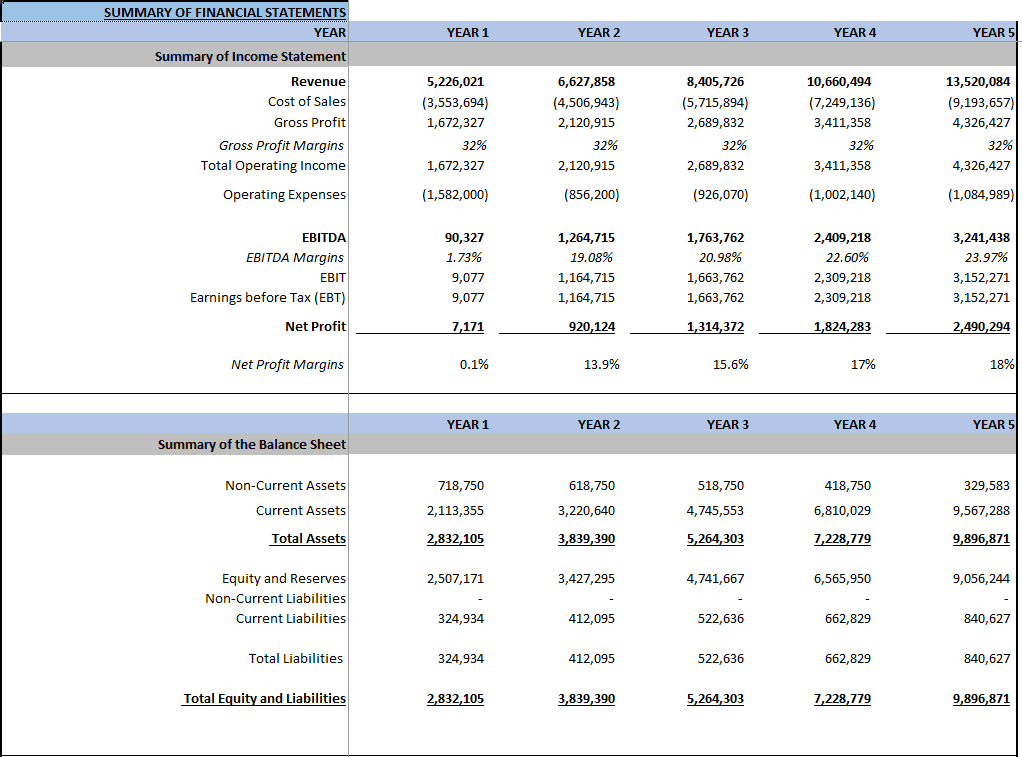


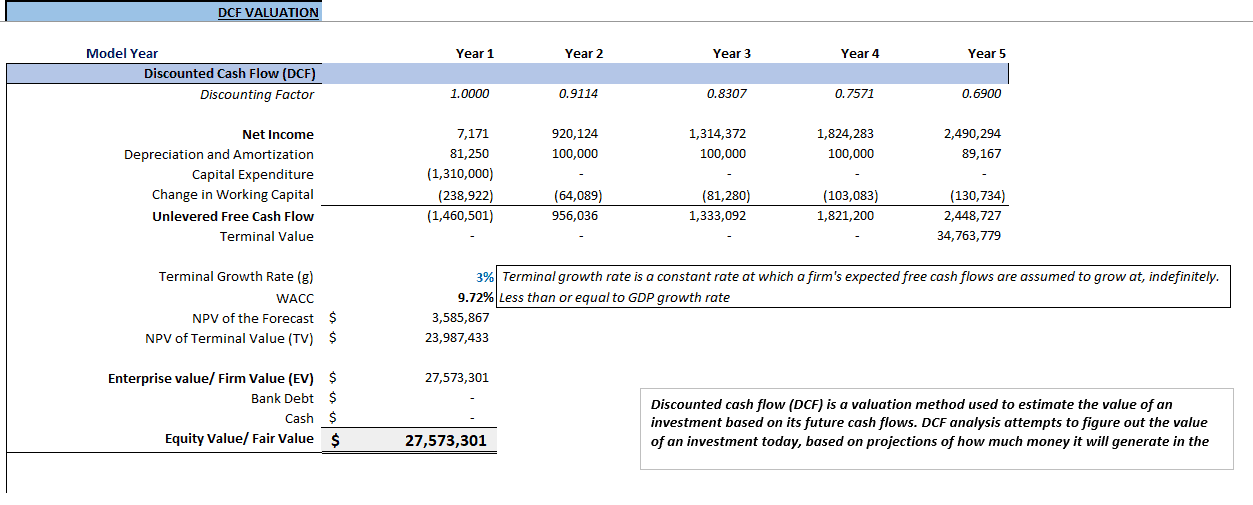
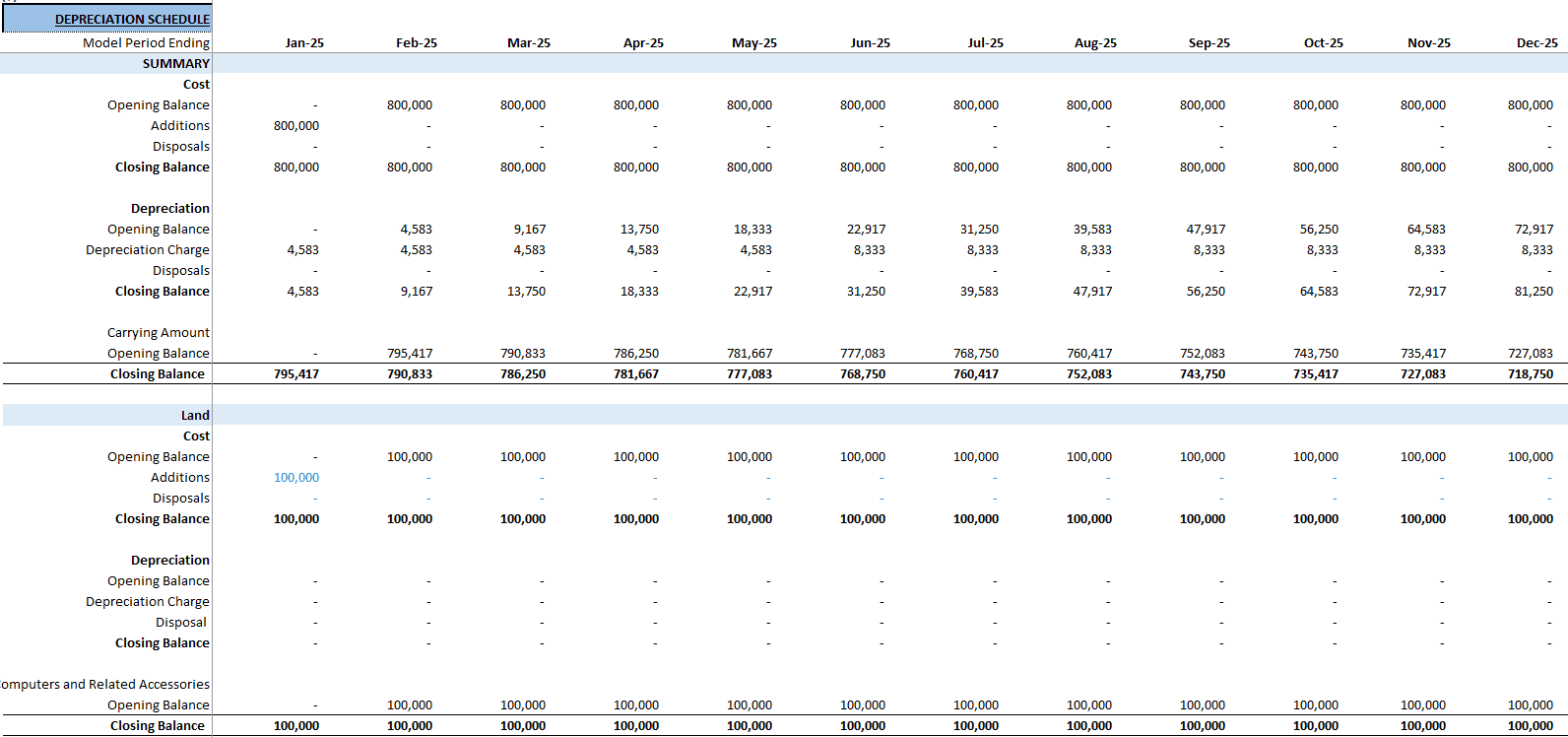
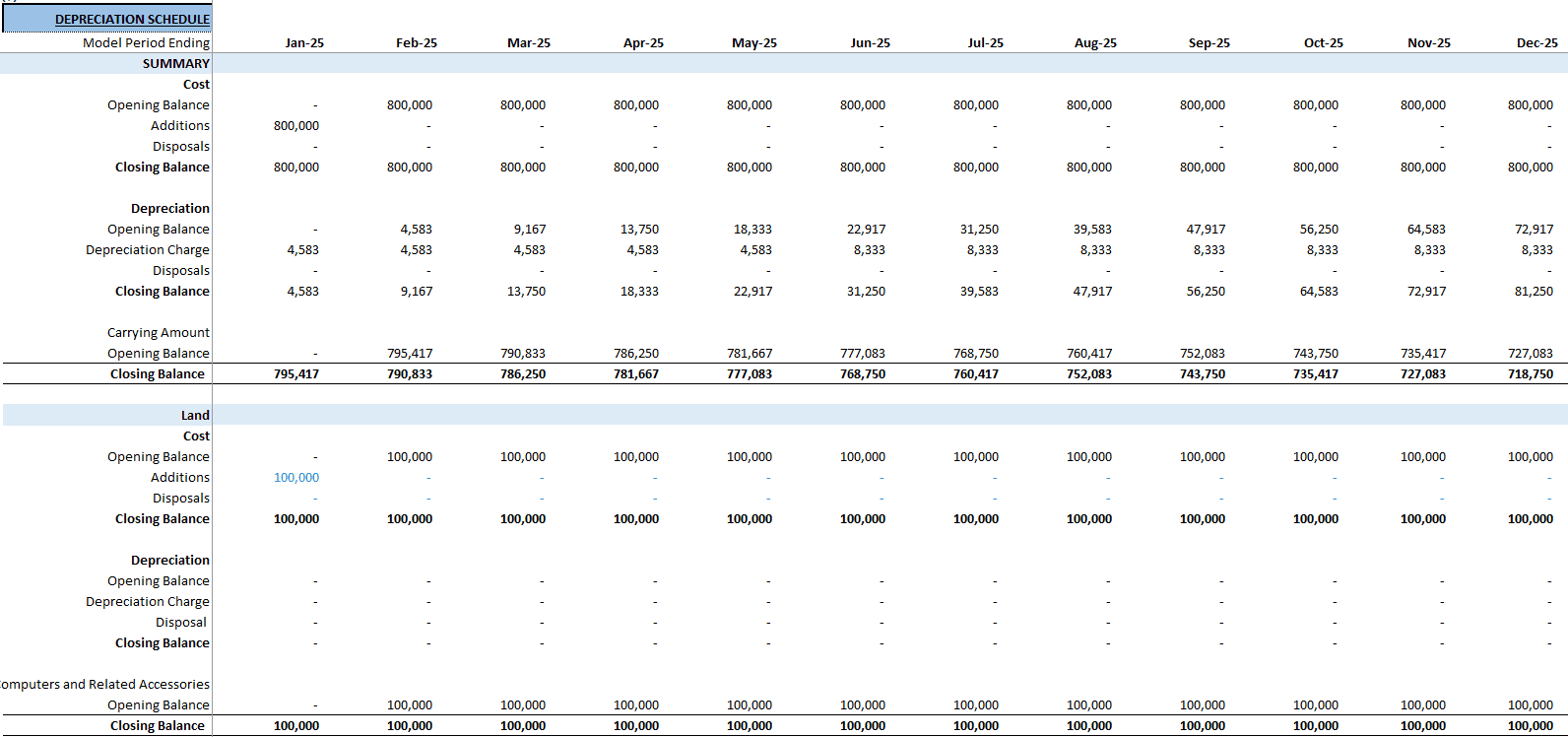

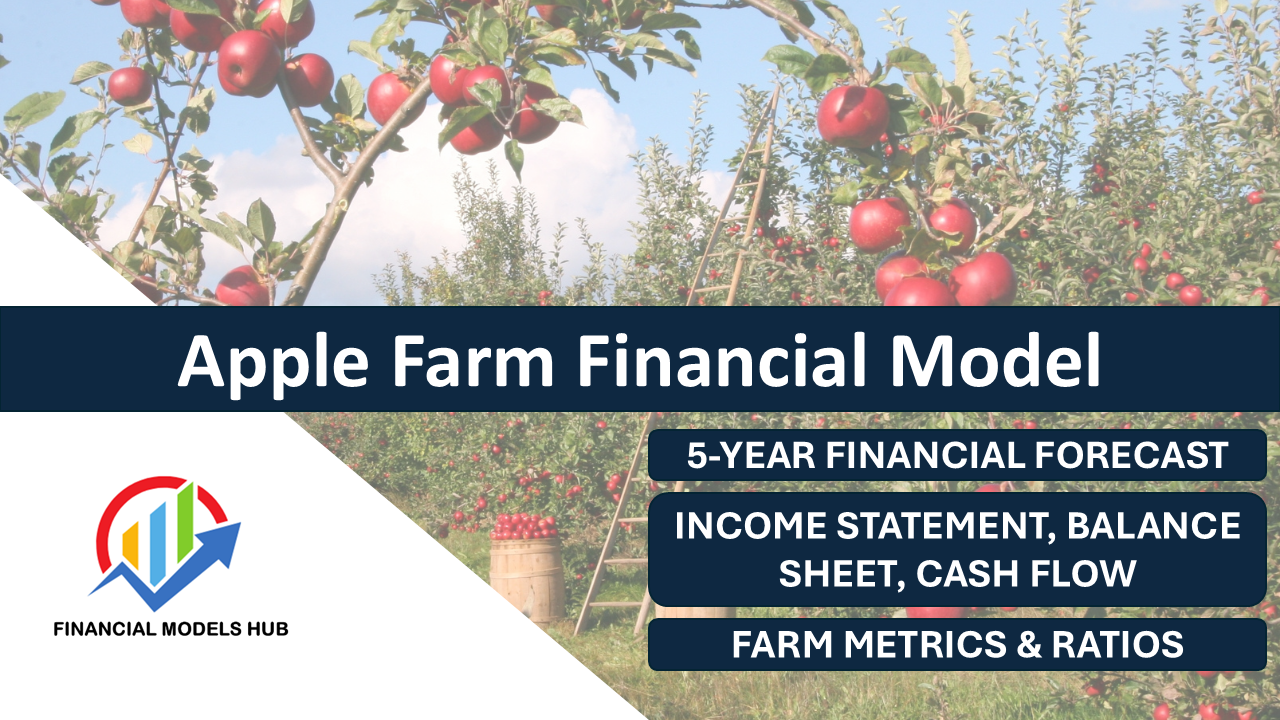
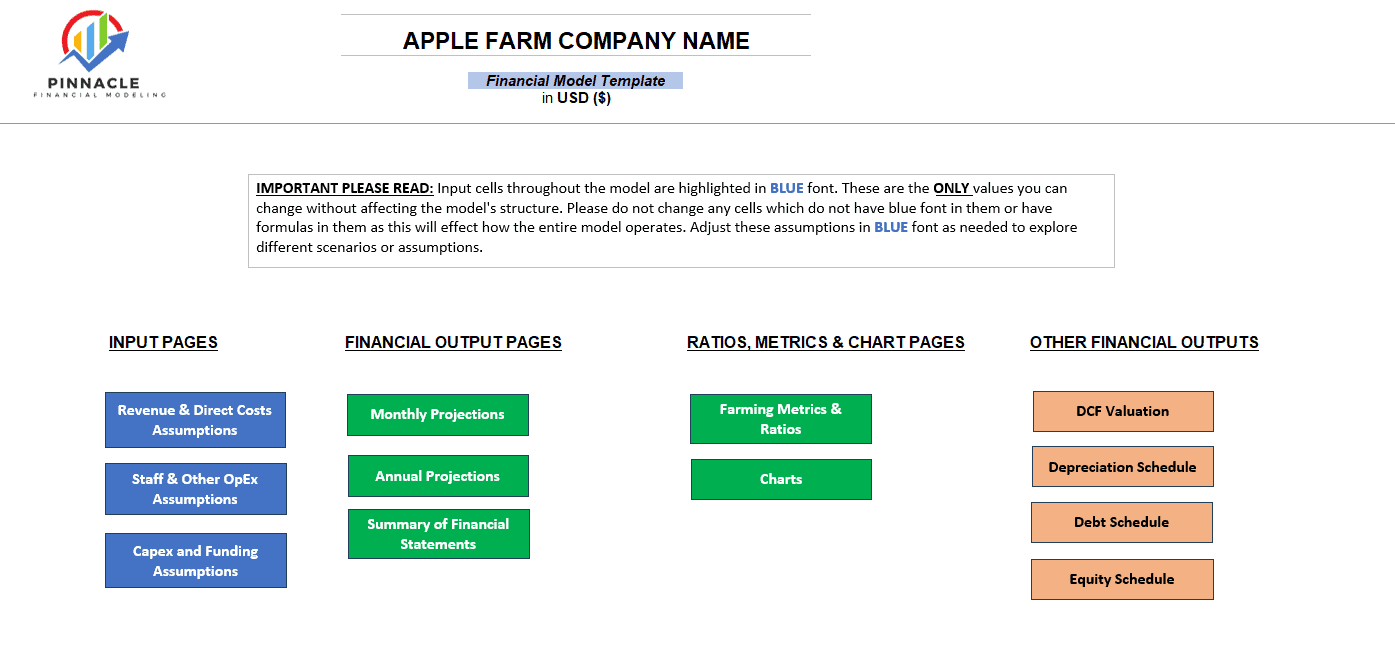


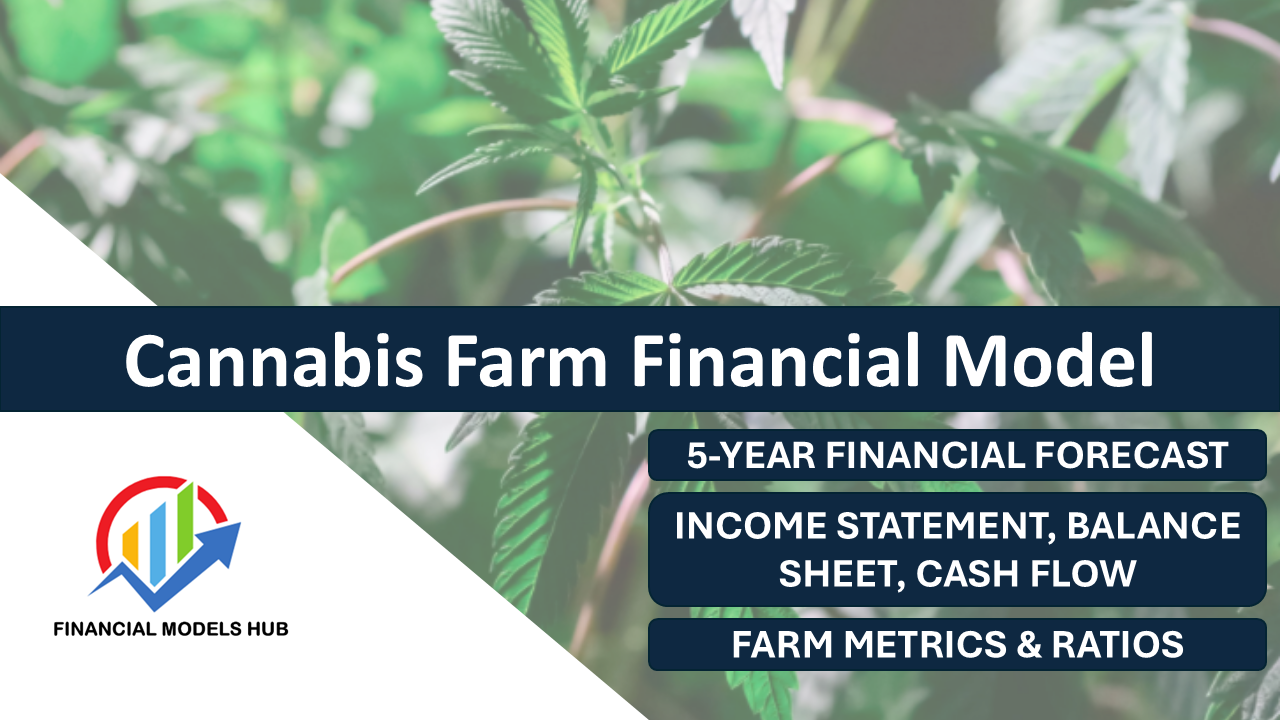
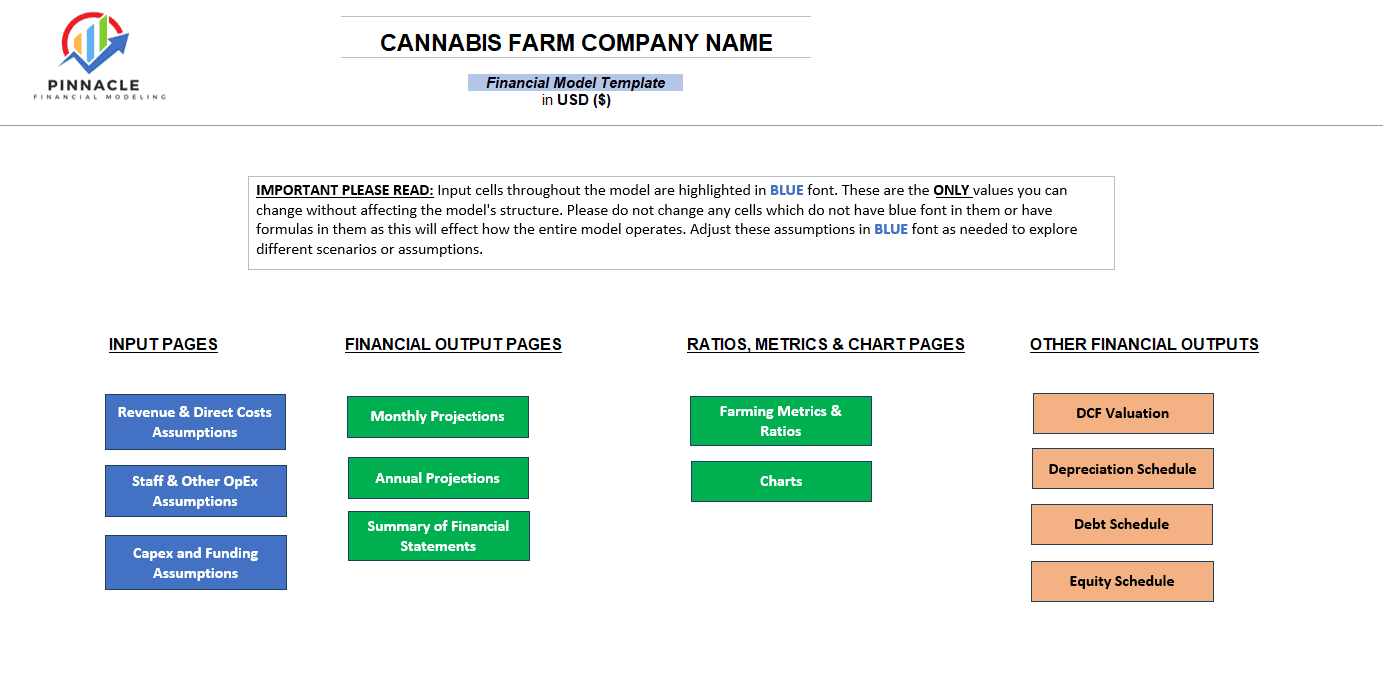

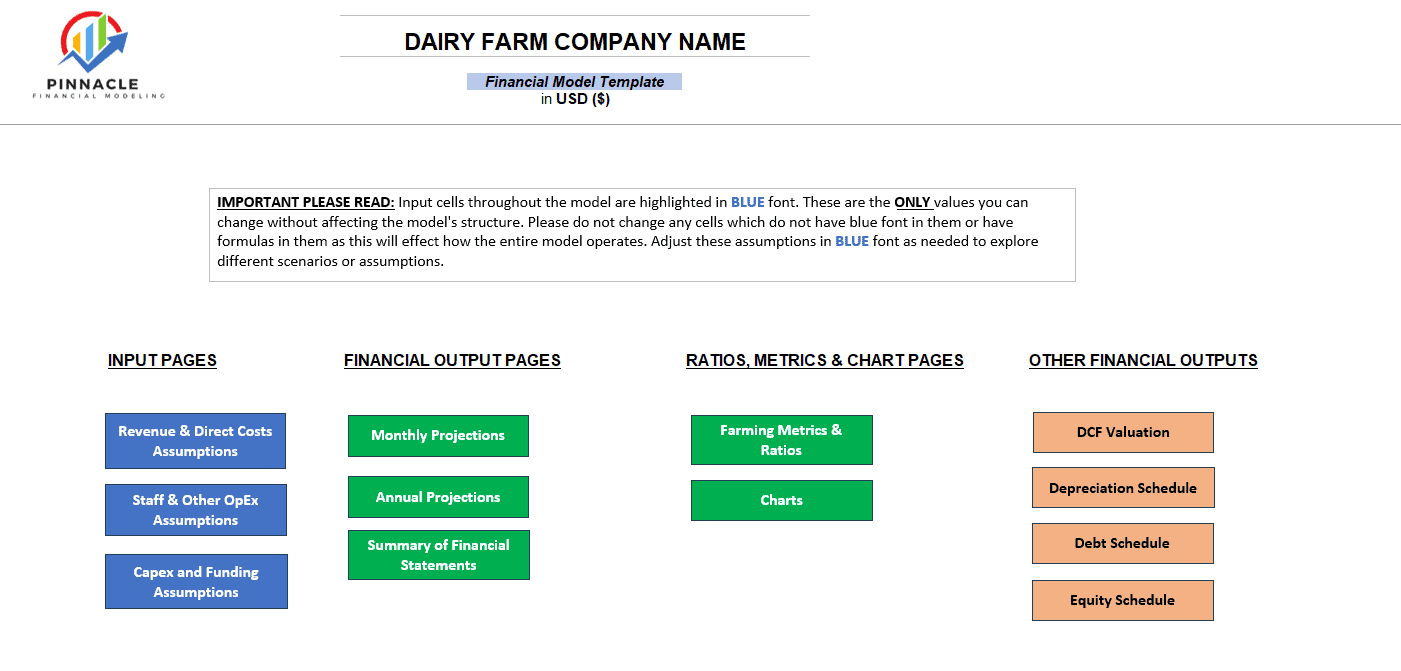
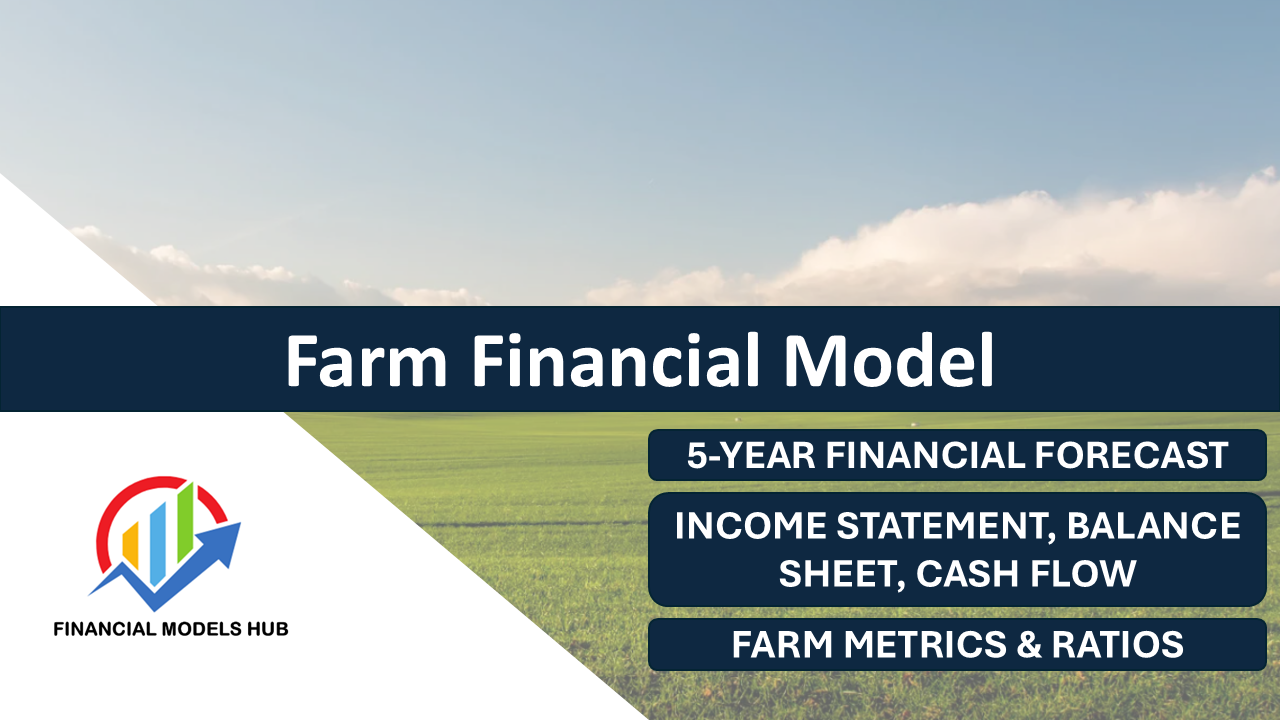
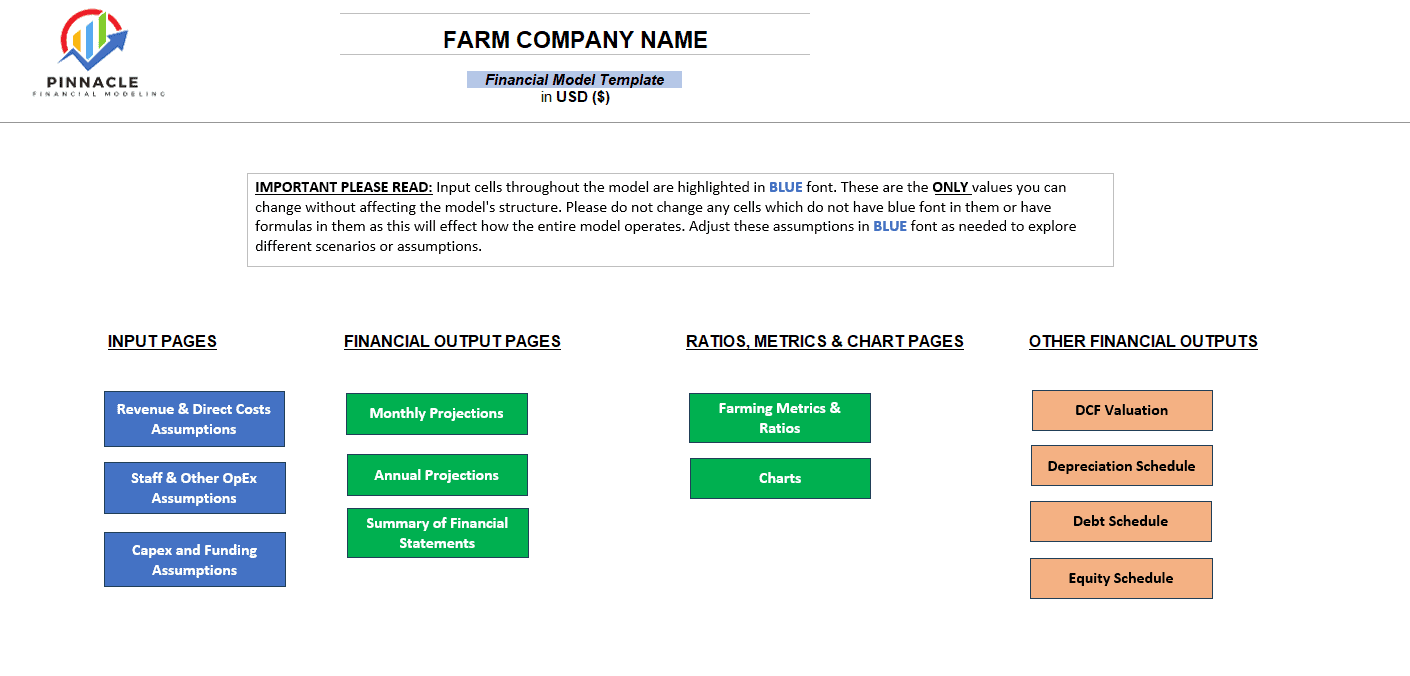

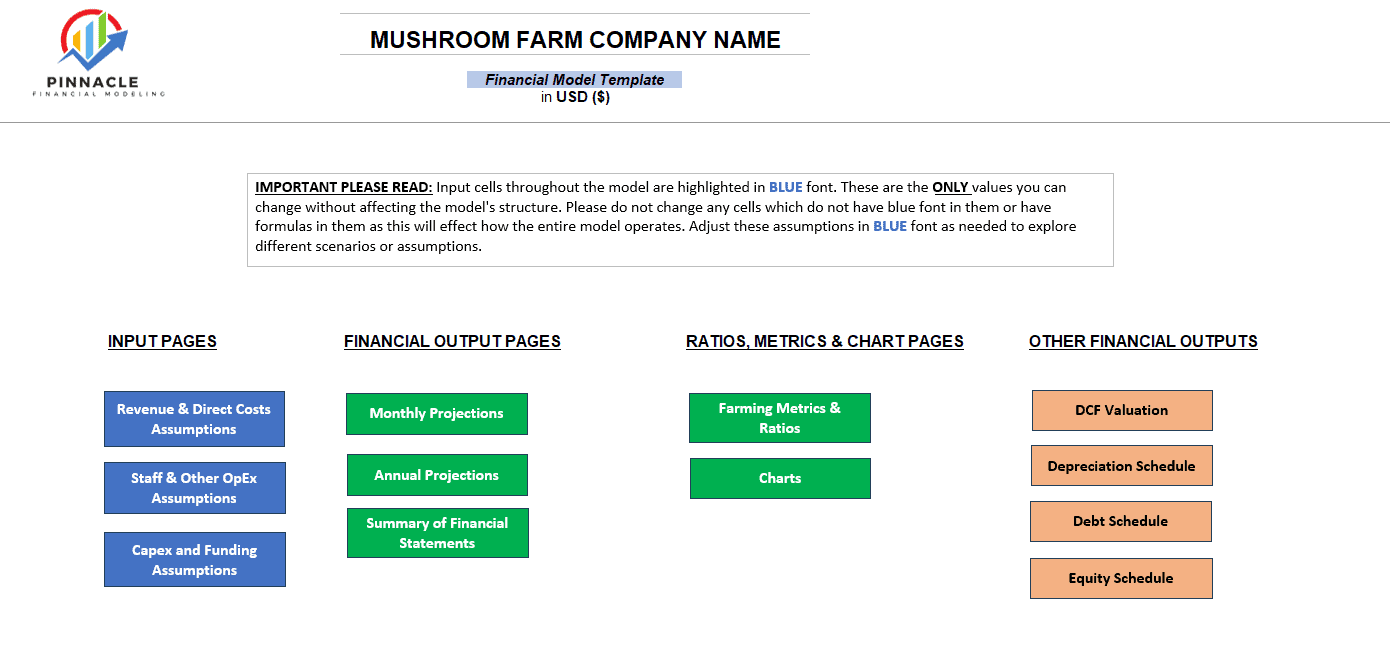
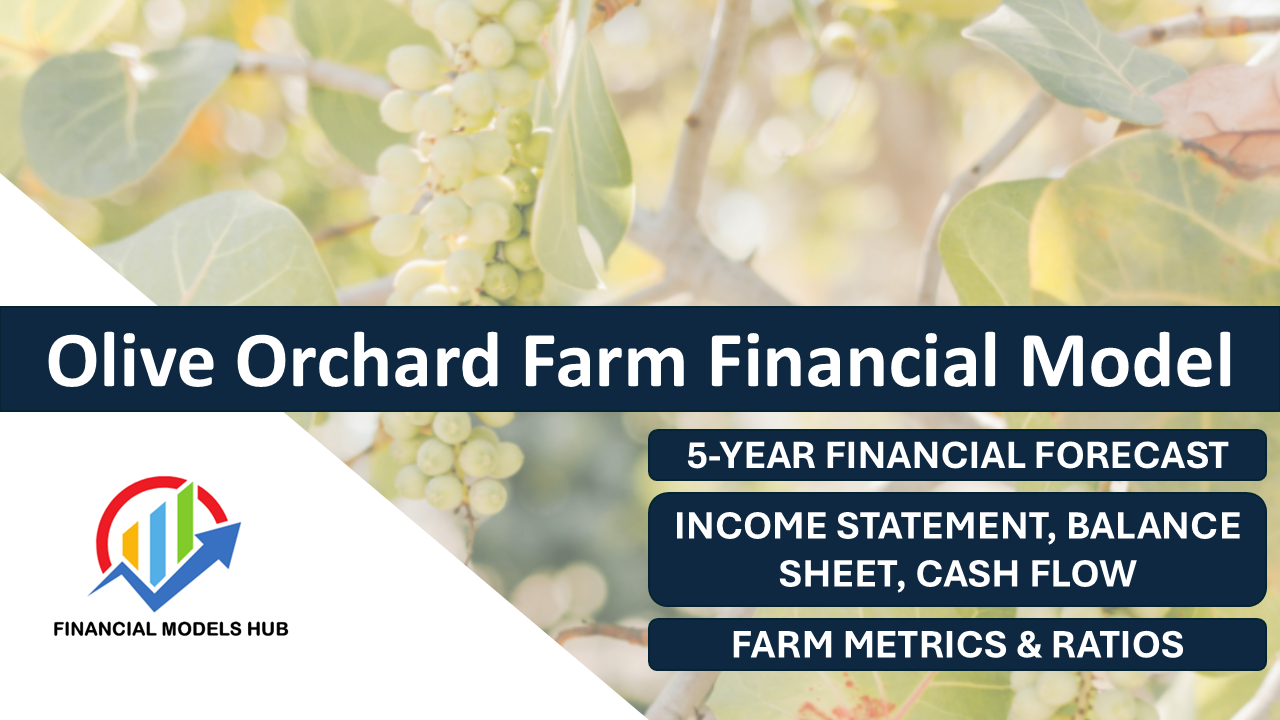
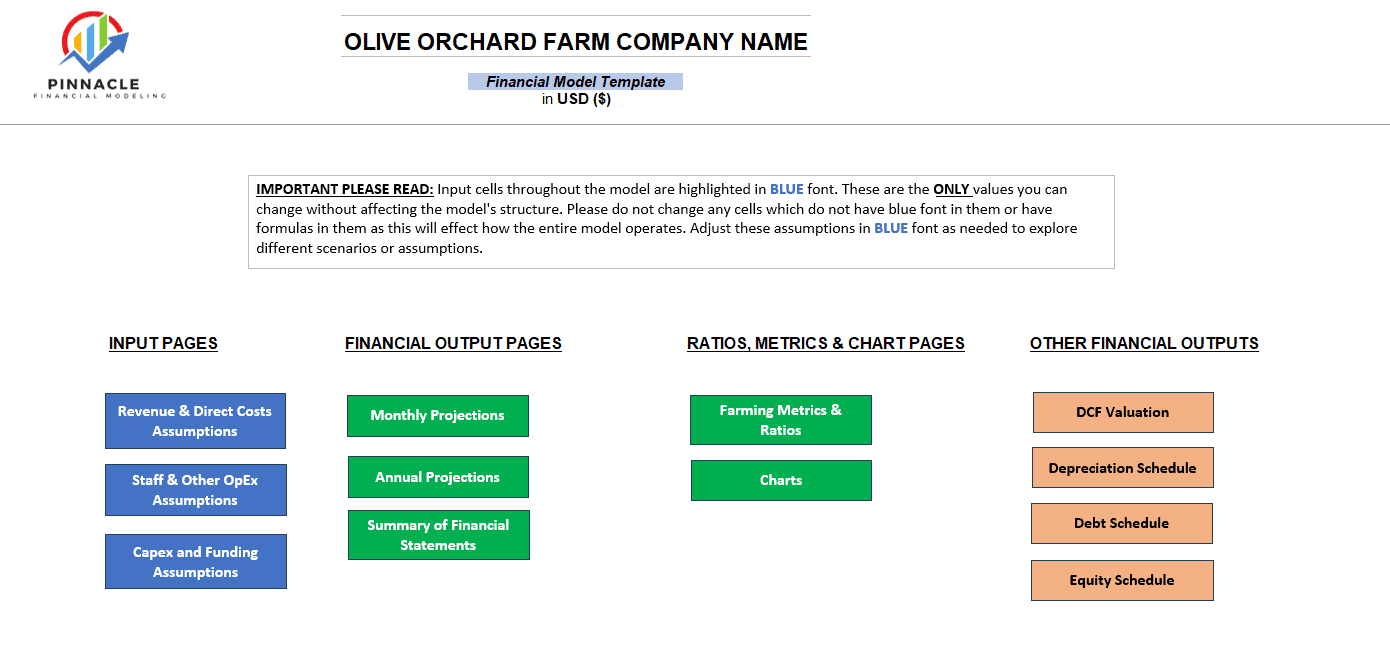


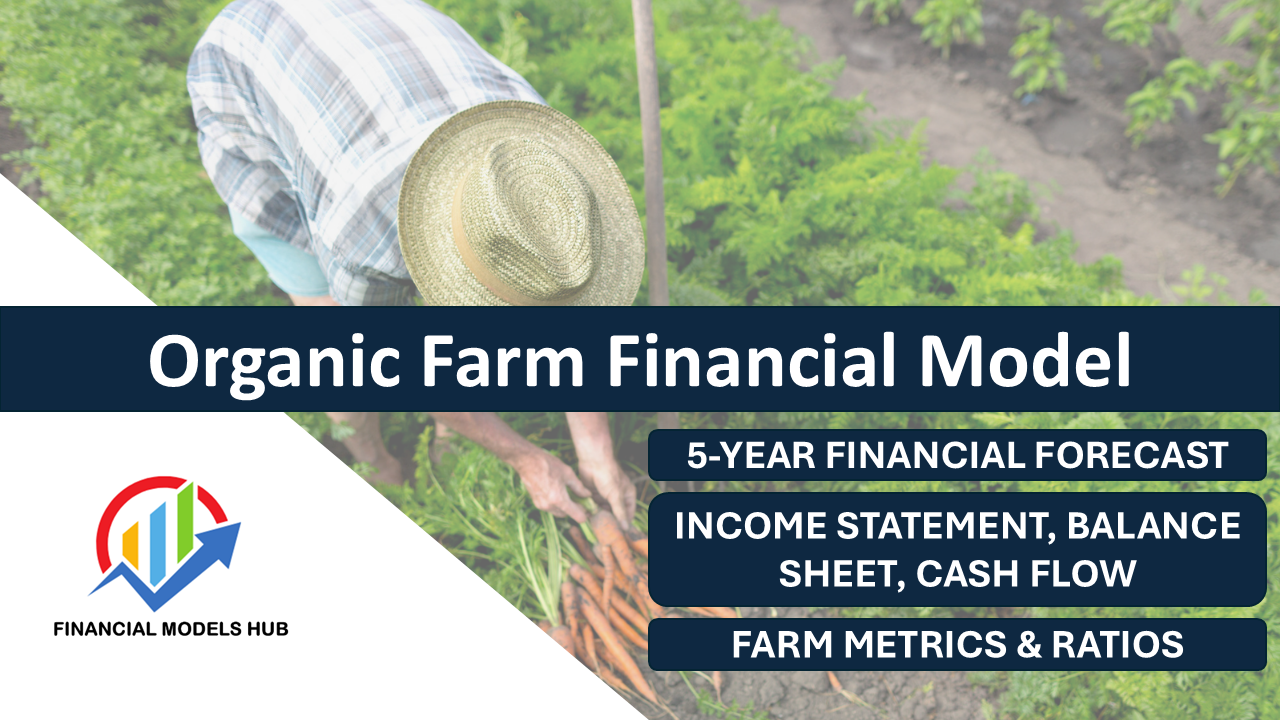



Albert Greenfield –
Saved me so much time! Thank you!
Brad –
Love the attention to detail to model out the broilers business. Excellent tool.
Jeffrey P –
Excellent model and my accountant thanks me every day for buying this! I think it helps him do his work for him! Perfect model for those looking for something that is detailed but easy to use too
Fred B –
Really like this and recommend to those who need a good model for their farm. Really good info to use.